The variable frequency drive (VFD) is a very important equipment in industrial automation. As it is used to vary the speed of the motor, it is applicable in many processes. This is because variable speed is required in almost all applications.
VFD has many components inside it and semiconductors are extensively used in its design. One such semiconductor is IGBT. We all know how semiconductors play an important role in fast processing.
In this post, we will learn the role of IGBT in VFD.
What is IGBT?
IGBT is a type of transistor. Basically, the family of transistors consists of three main types – BJT (Bipolar Junction Transistor), FET (Field Effect Transistor), and IGBT (Insulated Gate Bipolar Transistor).
IGBT is a more advanced type of transistor. The standard transistor has three terminals – gate, collector, and emitter.
When voltage is applied to the gate, it opens and allows the current to flow between the collector and emitter. When voltage is removed from the gate, it closes and blocks the current to flow between the collector and emitter.
In this way, an IGBT behaves like a switch; on when the gate is open and flowing current and off when it is closed.
IGBT is a combination of BJT and FET. It has the gate function of FET and the low saturation voltage/output characteristics of a BJT. That is why you can see it in its name too; it is a combination of both FET (IG) and BJT (BT). It is capable of handling large collector-emitter currents with virtually zero gate current drive.
Why is IGBT used in VFD?

Coming to the main topic, it must be confusing for you because each type of transistor has its separate characteristics. But, it is important to know that the highest level of advantages are offered in an IGBT.
Let us understand step by step why an IGBT is used in VFD.
- VFD is used to provide variations in voltage and frequency to control the motor speed. The IGBT, acting as a switch, can create pulsating waveforms known as pulse width modulation (PWM) waveforms at a rapid pace. The switching rate of the IGBT can be controlled depending on the desired output. If the gate is opened and closed slowly, a slow frequency is obtained, while a fast frequency is obtained if the gate is opened and closed quickly. This is the first basic requirement of a VFD. And you get this easily from an IGBT.
- Now, let us focus on the main advantages of an IGBT over other semiconductors. BJT can be used at higher voltages, but it has a slow switching frequency. MOSFET can be used at higher switching frequencies, but it has a lower voltage rating. But, IGBT can be used at both higher voltages and higher frequencies. Continuing this, IGBT can thus be used for higher collector current exceeding 100A. And if this is inadequate, two or more IGBTs may be paralleled quite easily.
- The voltage drop and conduction loss are lesser in IGBT as compared to other semiconductors.
- The IGBT has a much lower “on-state” resistance, RON than an equivalent MOSFET. This means that the I2R drop across the bipolar output structure for a given switching current is much lower. This means that it has a much lower on-state channel resistance than a standard MOSFET; which automatically increases the current ratings.
- The IGBT has a fast switching speed. This minimizes switching losses and allows for high switching frequencies which are good for motor harmonic and noise reduction.
- A VFD IGBT can turn ON in less than 400 nanoseconds and OFF in less than 500 nanoseconds. See how fast it can work.
In this way, we understand the use of IGBT in a VFD.
If you liked this article, then please subscribe to our YouTube Channel for Electrical, Electronics, Instrumentation, PLC, and SCADA video tutorials.
You can also follow us on Facebook and Twitter to receive daily updates.
Read Next:
- What is a Buchholz Relay?
- Importance of Neutral Wire
- Induction Motor Problems
- Cables between VFD & Motor
- What is a Current Transformer?
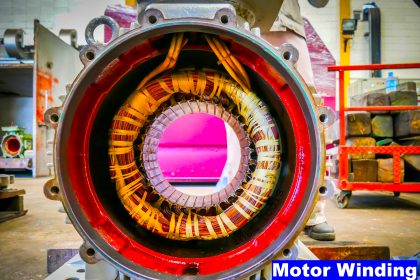
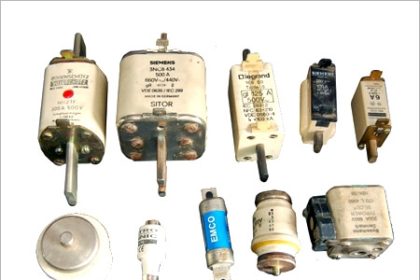
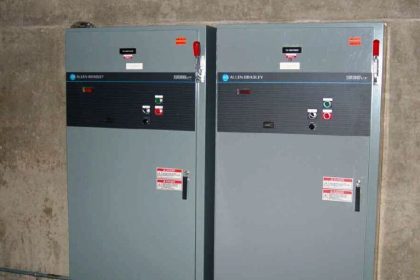



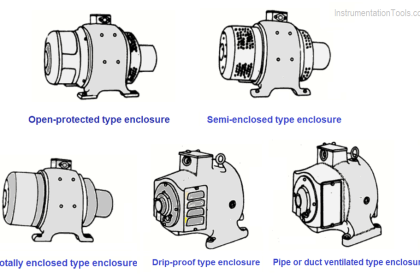
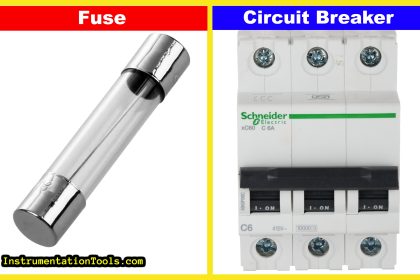
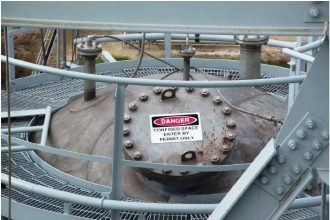
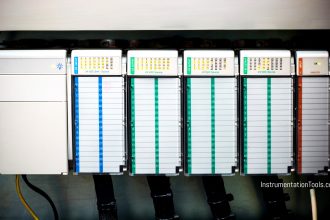


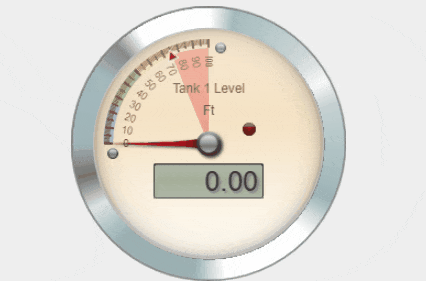


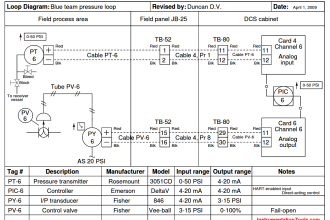

Lucid writeup.
Regards
Nice write-up. I design industrial-grade VFDs